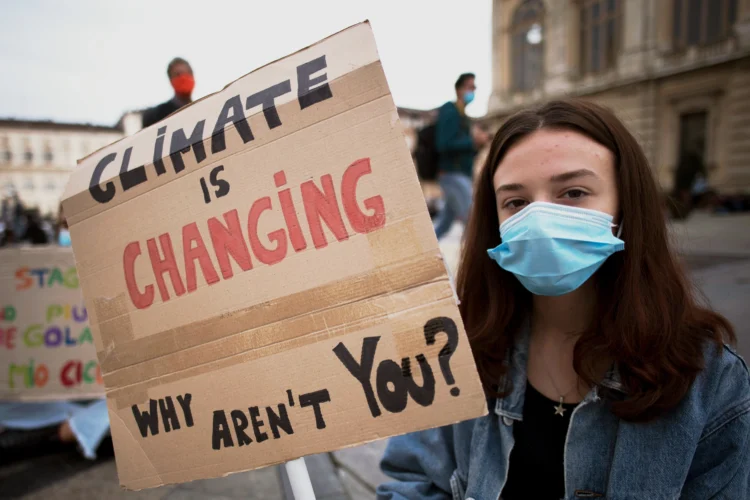By Aaron Miller-
The U.S Supreme Court has limited the power of America’s top environmental regulator to cut greenhouse gas emissions in a landmark ruling that has set plans to address climate action back.
The justices curtailed the authority of the Environmental Protection Agency (EPA) over emissions from coal-fired power plants in a case brought by 19 Republican-leaning states and fossil-fuel interests led by West Virginia.
The ruling ends a near decade-long legal battle that started under the Obama administration and has the potential to somewhat abort president Biden’s ambitious plans to cut domestic emissions in half by 2030. The White Hose was disappointed by the ruling.
“The Supreme Court’s ruling in West Virginia v EPA is another devastating decision that aims to take our country backwards,” president Biden said in a statement.
“While this decision risks damaging our nation’s ability to keep our air clean and combat climate change, I will not relent in using my lawful authorities to protect public health and tackle the climate crisis.”
The undemocratic court ruled in a 6-3 decision to favour of a lawsuit brought by fossil-fuel-producing states against the Environmental Protection Agency (EPA). The decision strips power from regulatory agencies and advances the Republican goal to end government oversight.
In particular, the ruling eliminates one of the only remaining avenues for systemic federal climate action: using the Clean Air Act to phase out fossil fuel power plants. As a result, America’s goal of halving greenhouse gas emissions by 2030, may not be very possible.
In the 1960s, Congress passed the Clean Air Act, giving the EPA authority to enforce regulations to improve air quality. Just over 50 years later in 2015, the Obama administration’s Clean Power Plan set guidelines for states around carbon dioxide emissions from power plants. Twenty-four states sued, arguing the plan overstepped the authority granted to the EPA by the Clean Air Act.
In 2019, before the Supreme Court ruled on that issue, the Trump administration replaced the Clean Power Plan with the Affordable Clean Energy rule, which was less strict. A group of states sued, and a federal circuit court blocked the rule, leaving the incoming Biden administration with a “clean slate” to set rules on greenhouse gas emissions.
They also point out that the EPA has other avenues to control greenhouse gas emissions, for instance through tailpipe emissions standards, or by setting rules for individual power plants.
“There are many, many other steps the EPA already has the statutory authority to take to reduce emissions,” says Joseph Bingham, an attorney at Mountain States Legal Foundation, which wrote an amicus brief on behalf of the plaintiffs. The agency can still regulate carbon dioxide as it would any other pollutant, he says.
It is worth pointing out that reductions are possible without regulations. The emissions targets set in the Clean Air Act, for instance, were met a decade ahead of schedule even though the rule never went into effect.

